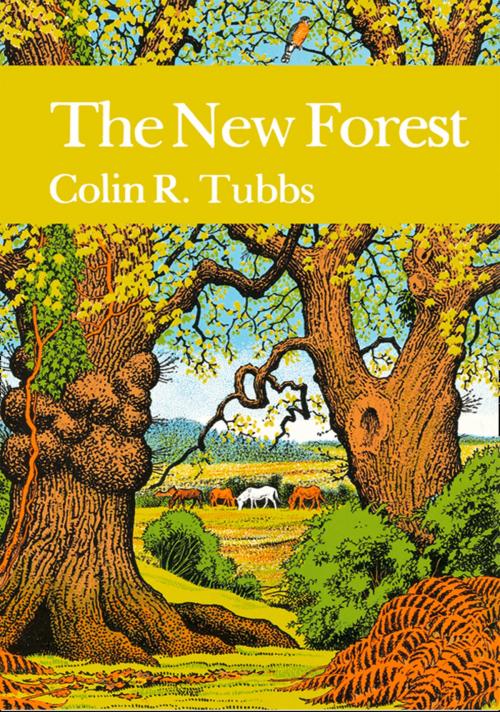The New Forest (Collins New Naturalist Library, Book 73)
Nonfiction, Science & Nature, Science, Earth Sciences, Geography, Nature| Author: | Colin R. Tubbs | ISBN: | 9780007406609 |
| Publisher: | HarperCollins Publishers | Publication: | August 24, 2017 |
| Imprint: | William Collins | Language: | English |
| Author: | Colin R. Tubbs |
| ISBN: | 9780007406609 |
| Publisher: | HarperCollins Publishers |
| Publication: | August 24, 2017 |
| Imprint: | William Collins |
| Language: | English |
How and why the New Forest has evolved to be an area of international importance – and Britain's richest 'nature reserve'. How and why the New Forest has evolved to be an area of international importance - and Britain's richest 'nature reserve'. This popular, accessible and beautiful stretch of Hampshire countryside has an appeal far beyond local interest, for it is unique on a world scale. The unparalleled diversity, extent and pattern of its habitats in their favoured climatic position, shelter an incredible variety of plant, insect and animal life. The ancient woodlands, heaths and mires are all rare and precious habitats. The pasture woodlands - with no counterpart anywhere else in Europe - are all we have left to show what Britain must have been like when the vast Atlantic forests covered the land thousands of years ago. And because of the protection afforded by its royal status, common rights, and the Forest Verderers, the New Forest is a recognizable piece of medieval England that has actually survived, more-or-less intact, for some 900 years. Colins Tubbs provides a detailed insight into how the New Forest landscape was formed and into its distinctive flora and fauna; he traces the fascinating parallel threads of natural and social history. For had it not been for the persistence of a certain style of country living over 100s of years, the royal status, the smallholders and their rights to graze stock, the deer and the famous, free-roaming ponies, the New Forest would not be here today. The New Forest follows in the distinguished New Naturalist series tradition of investigative natural history, drawing from the latest field studies and research, and is the most authoritative, up-to-date and in-depth survey available.
How and why the New Forest has evolved to be an area of international importance – and Britain's richest 'nature reserve'. How and why the New Forest has evolved to be an area of international importance - and Britain's richest 'nature reserve'. This popular, accessible and beautiful stretch of Hampshire countryside has an appeal far beyond local interest, for it is unique on a world scale. The unparalleled diversity, extent and pattern of its habitats in their favoured climatic position, shelter an incredible variety of plant, insect and animal life. The ancient woodlands, heaths and mires are all rare and precious habitats. The pasture woodlands - with no counterpart anywhere else in Europe - are all we have left to show what Britain must have been like when the vast Atlantic forests covered the land thousands of years ago. And because of the protection afforded by its royal status, common rights, and the Forest Verderers, the New Forest is a recognizable piece of medieval England that has actually survived, more-or-less intact, for some 900 years. Colins Tubbs provides a detailed insight into how the New Forest landscape was formed and into its distinctive flora and fauna; he traces the fascinating parallel threads of natural and social history. For had it not been for the persistence of a certain style of country living over 100s of years, the royal status, the smallholders and their rights to graze stock, the deer and the famous, free-roaming ponies, the New Forest would not be here today. The New Forest follows in the distinguished New Naturalist series tradition of investigative natural history, drawing from the latest field studies and research, and is the most authoritative, up-to-date and in-depth survey available.















